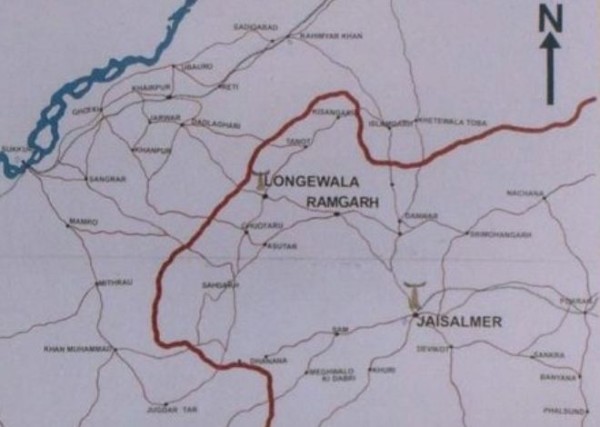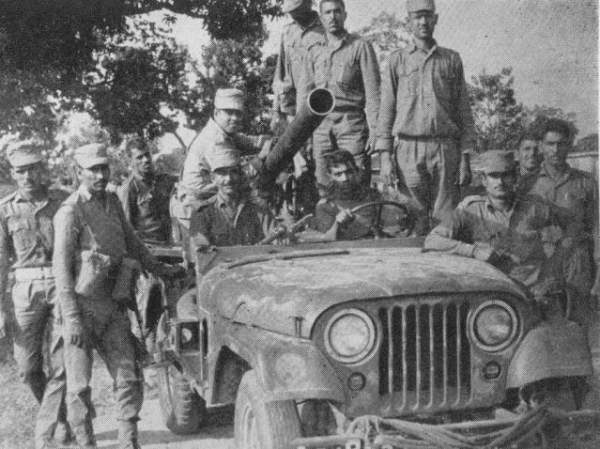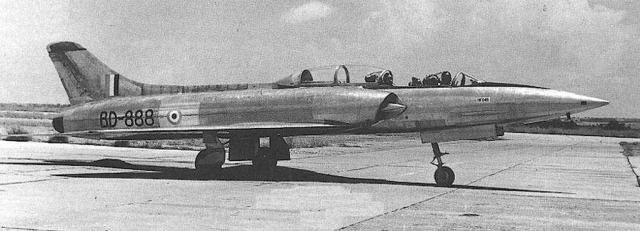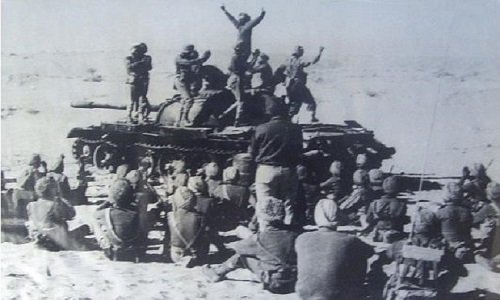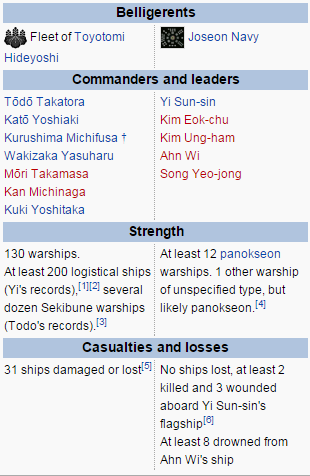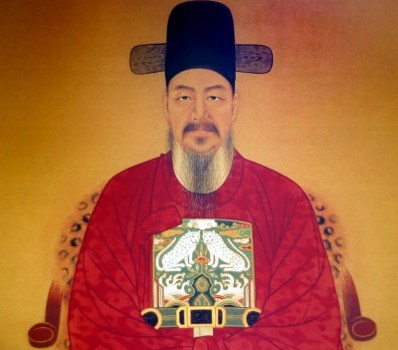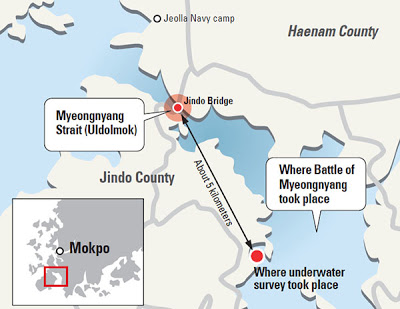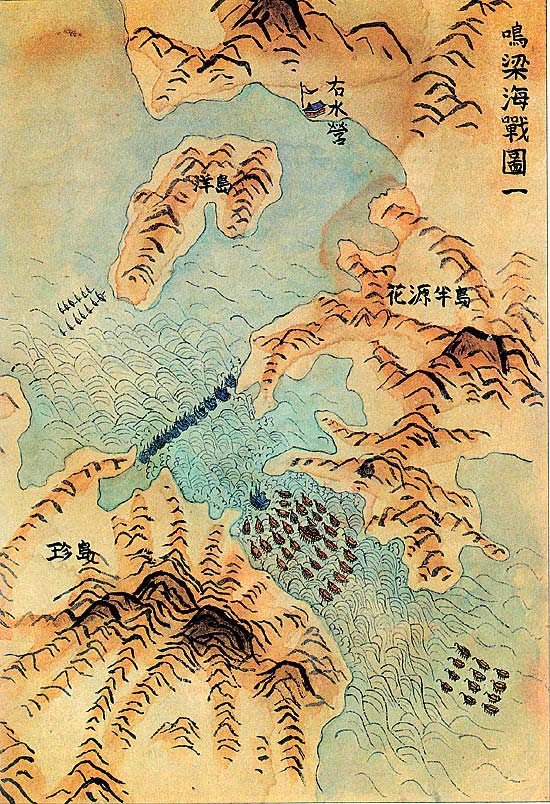Numerous boats are charging towards Omaha beach in Normandy. Each boat contains 20-30 soldiers. On one of the boats is Captain J H Miller, in-charge of the platoon, his hands are shaking but he keeps the morale of his platoon high. As they approach the beach they face artillery fire. Many die under this heavy blow but many others continued to move on. This is the opening scene in ‘Saving Private Ryan’ which shows Normandy invasion by Allied troops during World War II. The invasion was a successful one, but a great part in its victorious execution lies in the extreme network of deception laid out by the Allied powers.
Deception as a war strategy is used by forces when facing their belligerents from a very long time. This series of blog posts will deal with deception in war, how one army tricked another and used this advantage to emerge victorious.
Let’s start the blog with a few quotes by Sun Tzu (a Chinese General and military strategist), author of Art of War, regarding deception.

Sun Tzu’s Art Of War is considered as a definitive work on military strategy and tactics
“All warfare is based on deception. Hence, when we are able to attack, we must seem unable; when using our forces, we must appear inactive; when we are near, we must make the enemy believe we are far away; when far away, we must make him believe we are near.”
“Appear weak when you are strong, and strong when you are weak.”
A little background
After Dunkirk evacuation (watch out for Christopher Nolan’s film Dunkirk), in which Britain had to call back BEF (British Expeditionary Forces) from France beaches, this had significantly lowered the confidence of Britain in planning any direct attack on Europe where Hitler had stronghold. In short, they feared to challenge Hitler in Europe, and Hitler had virtually created a ‘Fortress Europe’ which Britain believed was almost impossible to invade.
But gradually, America and British reached a common agreement that in order to weaken Hitler they had to attack his ‘Fortress Europe’. The gist of the plan was deception, not letting Germany know from where they are going to attack, at what time and in what numbers. This was essential because Germany already had a firm position in Europe, having knowledge of attack from Allied powers, they would concentrate all their resources towards it and will be successful in driving them away.
Many historians agree that Normandy invasion wouldn’t have been a successful one if deception wasn’t used correctly.
Comparison

Above graph depicts the strength and casualties of armies on both sides. Germany lost about 28% of its army whereas Allied troops lost only 9%. Germany was a formidable force during World War II, the casualties on both sides were almost same in number but due to deception tactics Germany employed far less force providing an edge to the Allied troops.
The Operation
Codenamed ‘Bodyguard’, Allies developed an intricate plan, of what is now known as the greatest deception operations in war history. The idea was to confuse the Germans about the destination of invasion and the strength of the armies. The plan was divided into two parts- Fortitude South and Fortitude North
German forces believed that the attack from Allied powers could either come from Normandy or Pas de Calais as mentioned in the map below. Allied powers chose Normandy over Pas de Calais mainly because of two reasons – Pas de Calais was the location for launch of rockets, Germans could easily target incoming offensive and it was a heavily fortified region bounded by numerous rives and canals.

The two areas where allied troops were planning an invasion
Fortitude North was planned to persuade the German High command that a diversionary attack on Norway was planned using forces stationed in Scotland.
Fortitude South was designed to make it appear that the major invasion force was stationed in southeast England ready to attack through Pas de Calais.
Fortitude North was least likely to succeed over Fortitude South as Hitler was always worried about an invasion through Norway and kept a large garrison there. Much rested on the success of Fortitude South.

The green arrow shows the “fake” attack points, Allied powers that they wanted the Germans to believe. The black concentric circle denote the real point of the attack.
A phantom army
A bogus army was created under the name First United States Army group (FUSAG). Allied powers wanted to convince Germans that FUSAG was created just for the attack on Pas de Calais. To facilitate the deception, dummy aircrafts and tanks were created (made from wood and fabric). The photographs of these slipped through German intelligence as Allied powers wanted it to be, and Germans became more and more convinced that attack on Pas de Calais was imminent. Although Germans had tracked Allied troops movement in Normandy but information through double agents convinced them that Normandy would a diversionary attack and real attack will be through Pas de Calais.
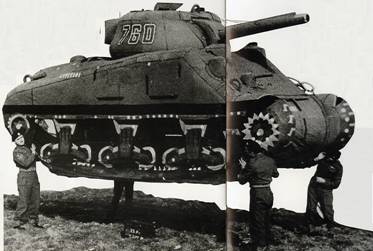
The image above shows a dummy tank created which could be easily lifted by soldiers.
The dotted lines shows the fake invasion plans led by the imaginary FUSAG group. The real attack was led by the 21st army group on Normandy denoted by black arrow.
A web of deceit
Trail of misinformation being fed to Germans wasn’t an easy task. Double agents were extremely crucial at this point of time. Fake radio traffic was being intercepted by Germans which re-inforced their deception plan.
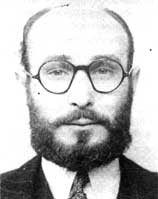
Juan Pujol Garcia was one of the double agents. He created a network of 27 agents to feed false information to the Germans. Contrarily he was awarded both Iron Cross and MBE, highest honor from both Britain and Germany.
‘Eye of the Needle’ book by Ken Follet is a great read on this topic. A fictional spy thriller, the books account the details of a spy in Operation Fortitude


